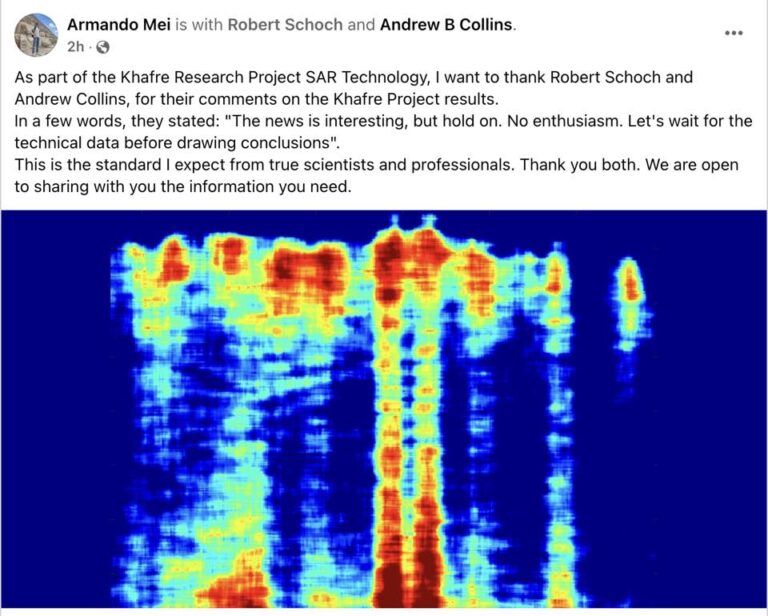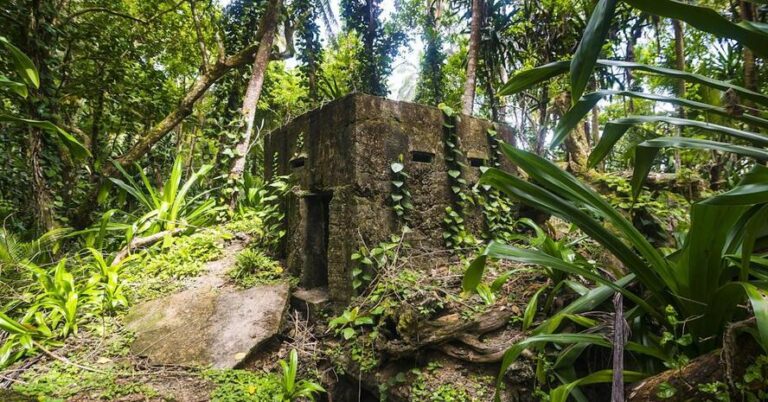Recent advancements in radar technology have unveiled intriguing subterranean structures beneath Egypt’s Giza Plateau, sparking both excitement and skepticism within the archaeological community. Researchers from Italy and Scotland employed Synthetic Aperture Radar (SAR) tomography to scan the Khafre Pyramid, the second-largest on the plateau, revealing a complex network extending approximately two kilometers beneath all three main pyramids.
Key Findings:
- Horizontal Structures: Five identical horizontal structures, each comprising five levels, were detected within the pyramid’s base. These are interconnected by geometric pathways, suggesting a deliberate architectural design.
- Cylindrical Wells: Eight vertically aligned cylindrical wells, arranged in two parallel rows running north to south, were identified beneath these structures. Each well is hollow and encircled by descending spiral pathways, extending to a depth of 648 meters.
Cubic Chambers: At the base of these wells, two massive cubic chambers, each measuring approximately 80 meters per side and possibly constructed from rose quartz granite, were discovered.

Speculative Hypotheses:
The precision and scale of these constructions have led to hypotheses that the Giza Plateau once housed a functional resonance energy system, primarily subterranean, with the pyramids serving as integral components. This theory posits that the pyramids, in conjunction with the underground structures, functioned as a large-scale energy concentrator, harnessing Earth’s natural electromagnetic fields. The cylindrical wells, with their spiral pathways, may have acted as resonant cavities, amplifying and directing energy flows, while the massive cubic chambers at the base could have served as storage or distribution centers for this energy. The precision and alignment of the pyramids, along with the newly discovered subterranean structures, support the notion of an advanced understanding of energy systems by ancient civilizations.

Skepticism and Need for Further Validation:
Despite the excitement surrounding these findings, some experts urge caution. Independent radar specialists question the feasibility of detecting structures at such depths using current radar technology. Additionally, there is a call for peer-reviewed validation and further exploration to substantiate these claims.

Conclusion:
While these radar scans offer a tantalizing glimpse into potential hidden aspects of the Giza Plateau, the archaeological community awaits detailed studies and official confirmations. As research progresses, these findings could significantly enhance our understanding of ancient Egyptian engineering and their possible applications of energy systems. We will provide more updates on this developing story as they happen.




